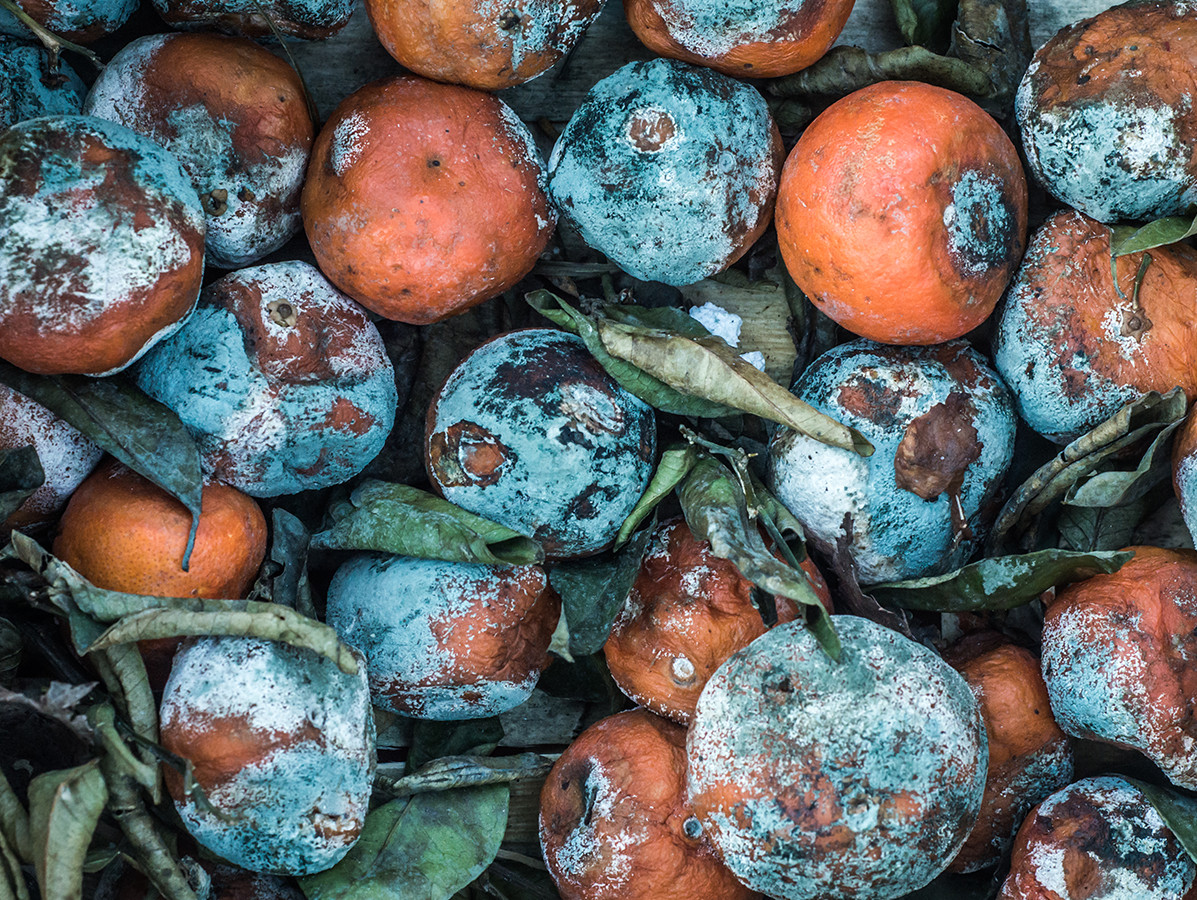We're currently searching through more than 4,000 articles, just a moment's patience...
We're currently searching through more than 4,000 articles, just a moment's patience...

Research by Monika van den Bos Verma and her colleagues at Wageningen University & Research shows that consumers are likely to waste far more food than is generally assumed.
In 2005, the Food and Agriculture Organization of the United Nations (FAO) estimated that one third of all food was lost or wasted. Based on the FAO estimate, a corresponding volume of wastage in units of calories has been calculated in the existing literature - twenty-four percent of the calories were lost or wasted, and eight out of twenty-four percent were wasted by consumers.
FAO methodology does not take into account consumer behaviour with regard to food waste; only the food supply determines the extent of food waste. Using a human metabolic model and data from the FAO, the World Bank and the World Health Organisation, Van den Bos Verma and colleagues have quantified the relationship between food waste and consumer welfare. Using this model, they have created an international dataset that provides estimates of both global and country-specific food waste.
The results suggest that the figure of eight percent is too low and that consumers may be responsible for as much as nineteen percent. The authors also found that as soon as consumer welfare reaches a spending threshold of around $6.70 per person per day, food waste among consumers begins to occur. This is happening at a rapidly increasing pace with increasing prosperity.
Source: © Wageningen University & Research
Vakblad Voedingsindustrie is a project of b2b Communications BV.
© COPYRIGHT 2025 VOEDINGSINDUSTRIE | ALLE RECHTEN VOORBEHOUDEN
Powered by Wallbrink Crossmedia © 2025
Een abonnement kost € 80,- exclusief 9% BTW per jaar.

We work in accordance with the privacy legislation. After your registration you will receive an e-mail with a confirmation link. Only after you have clicked on this link will you be registered as a recipient of the newsletter. If you can't find the e-mail in your inbox, please also look at unsolicited e-mail.


Lorem ipsum dolor sit amet, consectetuer adipiscing elit. Aenean commodo ligula eget dolor. Aenean massa. Cum sociis natoque penatibus et magnis dis parturient montes, nascetur ridiculus mus. Donec quam felis, ultricies nec





